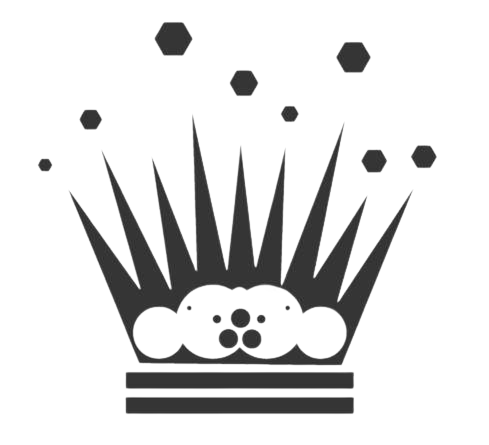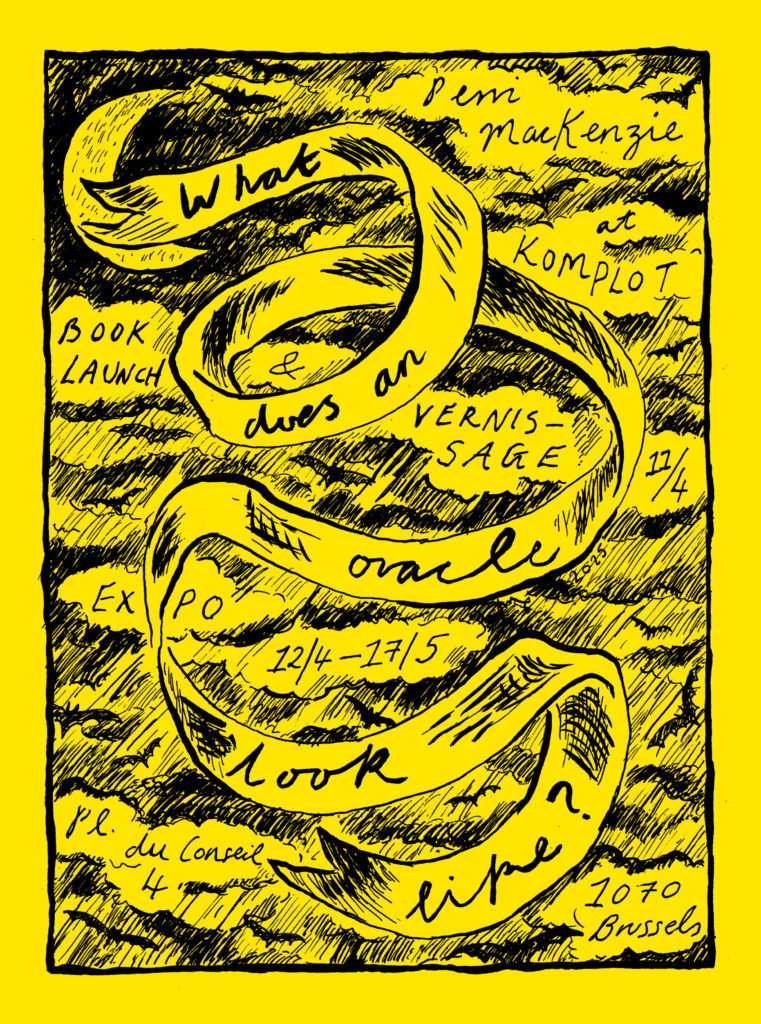
What does an oracle look like?
Solo exhibition by Perri MacKenzie
Komplot, Place de Conseil 4, Anderlecht 1070
April 12 – May 17 2025
Vernissage and book launch, with readings by the author: April 11, 2025.
‘What does an oracle look like?’ is an exhibition of paintings, prints, and books by Perri MacKenzie, a Scottish artist based in Brussels. The exhibition is an extension of the artist’s début publication What does an oracle look like? (2025). The exhibition uses the homonymous book as inspiration for the creation of new and existing works.
For Komplot, Perri MacKenzie will present a new installation of large-scale collage paintings on paper depicting the animal fountains of Sainte-Catherine, Brussels (sculpted by Georges Houstont and Godefroid Devreese, c.1895). For MacKenzie, the water gushing out of the fountain’s mouths is an energetic materialisation of voice, which is further amplified by the unruly dimensionality of the paintings. The exhibition additionally brings together drawings and screenprints alongside a presentation of her book. A graphical way of thinking pervades the works in the exhibition: an exploration into the leaky spaces of image, line, text, and voice.
All printed works produced at Frans Masereel Centrum and Academie Beeldende Kunst Anderlecht.
What does an oracle look like?
Publication by Perri MacKenzie (Leaky Press, 2025).
If I look at the night sky while aching with desire, do the constellations I draw bend towards my longing? What if this urgency, which feels so personal and interior, was actually a force out there that I’ve caught, like a cold?
What does an oracle look like? gathers essays and drawings made by Perri MacKenzie between 2020 and 2024, themed loosely around pottery painting and vocal expression. The drawings, rendered in splashy India ink and collage, range from expressive sketches to theatrical still lives and experimental bandes dessinées. The book presents for the first time the essay ‘Cathedral’. Part memoir, part literary/sonic investigation, it meditates on the vocal texture of a Hollywood actor.
‘In Perri’s firm prose, voices resonate from ceramic amphorae, studio speakers, Claire Danes, and the occasional butt-cheek on the move. Her book excavates the living voice from its material remains, an archaeological miracle.’ – Becket MWN, artist and writer, Amsterdam.
‘What does an oracle look like? is an inquiry, a celebration and an open invitation to engage with Perri’s ‘oracular method’ … I received it as a whole new manual for how to heed, translate and retranslate the messages and materials of the world.’ – Kate Briggs, essayist and translator, Rotterdam
What does an oracle look like? is written and drawn by Perri MacKenzie, with design by Ilke Gers. It is printed as an offset edition of 400 by robstolk Amsterdam. Published by Leaky Press, 2025.
Public Program 17.05 I 17:00-20:00
𝘞𝘦𝘵 𝘵-𝘴𝘩𝘪𝘳𝘵 𝘤𝘩𝘰𝘳𝘶𝘴
An evening of readings and performances
Théo Casciani, Toon Fibbe, Perri MacKenzie, Anouchka Oler Nussbaum
The wet t-shirt turns the body into pure contour: it leads us to character (shape, personality) and eros (desire). However, a chorus in a Greek tragedy is not a character or a personality. It is a collective of voices, working together to tell and re-tell. To re-tell the story means to breathe life into long-silent voices, taking their words into your mouth.
Toon Fibbe is a time-traveling cartographer of invisible economies, born on a distant planet where currency is made of laughter and bureaucracy is run by sentient clouds. His studio floats between dimensions and is usually powered by the collective sighs of overworked office workers. Fibbe’s ongoing research engages with early modern print culture, including Het Groote Tafereel der Dwaasheid, as a portal to think about contemporary modes of speculation and image circulation. Fibbe studied at the Rietveld Academy and the Piet Zwart Institute and participated in residency programs such as Jan van Eyck Academie, Deltaworkers New Orleans, Kunsthuis Syb. His work has been both exhibited and imagined in exhibitions, performances, and screenings at the Biennale de l’Image Possible, GAK Bremen, the International Institute for Credit Reversal, MAMA Rotterdam, MuHKA and Wiels. Fibbe is currently working on an animatronic operetta titled Credit is Undone in Whispers.
Théo Casciani is an author. Born in 1995, he studied humanities and social sciences at SciencesPo. and mathematics at Panthéon-Sorbonne University, in Paris, before joining the contemporary writing program at La Cambre, in Brussels, where he is now a lecturer. Rétine, his first novel, was published by Éditions P.O.L in 2019 and will be out next year in English, with HELA Press. His fictions, translated into different languages and awarded several prizes, have been presented through multiple forms in France and abroad, including WIELS [BE], Reference.Point [UK], Kyoto Art Center [JP], Centre Pompidou [FR], Montez Press [US], Terranova [SP], Théâtre National de Chaillot [FR], KW [DE], Newton [US], Goldsmiths University [UK], Soto [JP], LG Arts Center [KR], Palais de Tokyo [FR], Göteborg Opera [SW], Actoral [FR], Fanfare [NL], Lafayette Anticipations [FR], Trauma [DE], Spazio Maiocchi [IT] and the Louvre [FR]. He has also contributed to publications such as AOC, Kaleidoscope, Alphabet, Avyss, Capsule, Spectre, Klima, Aleï, Habitante, Possession Immédiate, Revue, Sabir, Draft, 90antiope, Magma, Mouvement, European Review of Books and The Brooklyn Rail. These texts have led to various collaborations, residencies in places like Villa Médicis and Hôtel Experimenta, and a research seminar in Belgium, in 2021. Théo Casciani is currently working on a series of twelve collective and multimedia readings accompanying the writing of a cosmogony. Insula, his next novel, will be published in France and abroad in 2026.
Anouchka Oler Nussbaum describes their practice as an “affected inquiry”: a form of obsessive and embodied research that draws as much from feminist and queer methodologies as from physical and narrative techniques—such as ventriloquism and clowning. Orality and performance become flexible forms through which to share experimental research fields. Using these tools, they revisit distant, often painful foundational narratives and examine what it means to inherit minoritized histories—how these stories resonate with the present and where they affect us. This joyful, embodied research—through bodies, materials, and stories—renders such narratives porous and malleable again, opening up possibilities for ways of being in the world that are cathartic, reparative, and emancipatory. Born in Saint-Malo in 1988, Oler Nussbaum grew up among a succession of unfinished houses. They received an MFA from the Piet Zwart Institute in Rotterdam in 2012 and completed the postgraduate program at ENSBA Lyon in 2015. In 2017, they co-founded feeelings with Gladys Gerenton in Brussels—an artist-run space focused on economic and affective concerns. Recent solo exhibitions include Théorie Trou du Cul (La Tôlerie, FR) and Des Fins, Des Mondes(Kantine, BE). Their work has been presented in group exhibitions and events with La Biennale de l’Image Possible, Mophradat, Kunstenfestivaldesarts, and MUHKA in Belgium, as well as Centre d’Art Passages, SETU Festival, and Frac Île-de-France in France. Since 2023, they have been teaching at ERG (École de Recherche Graphique) in Brussels.

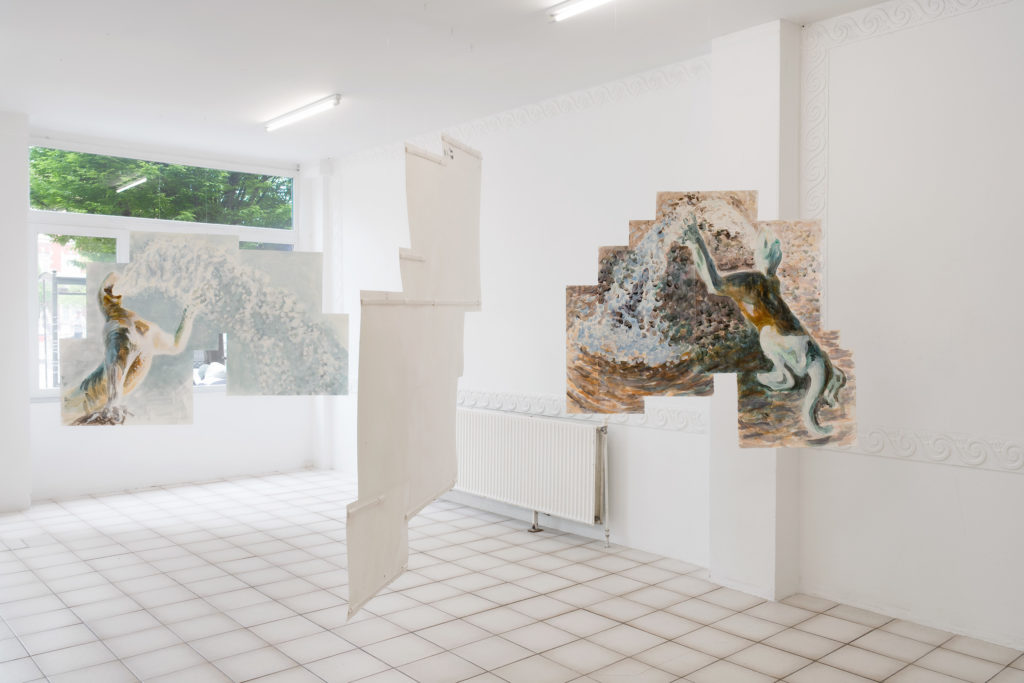
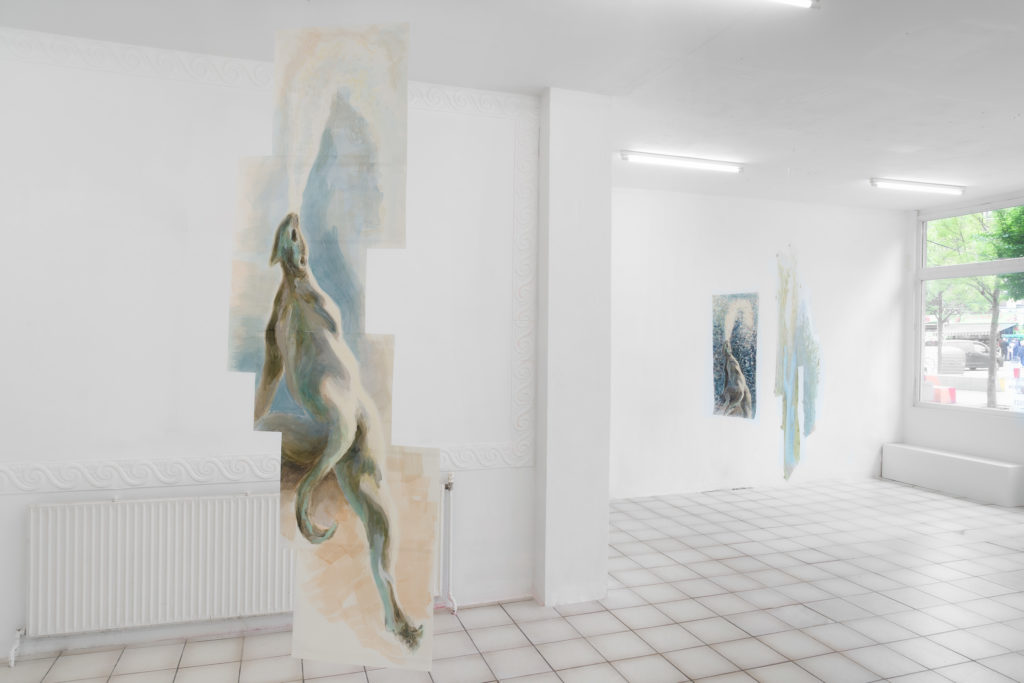



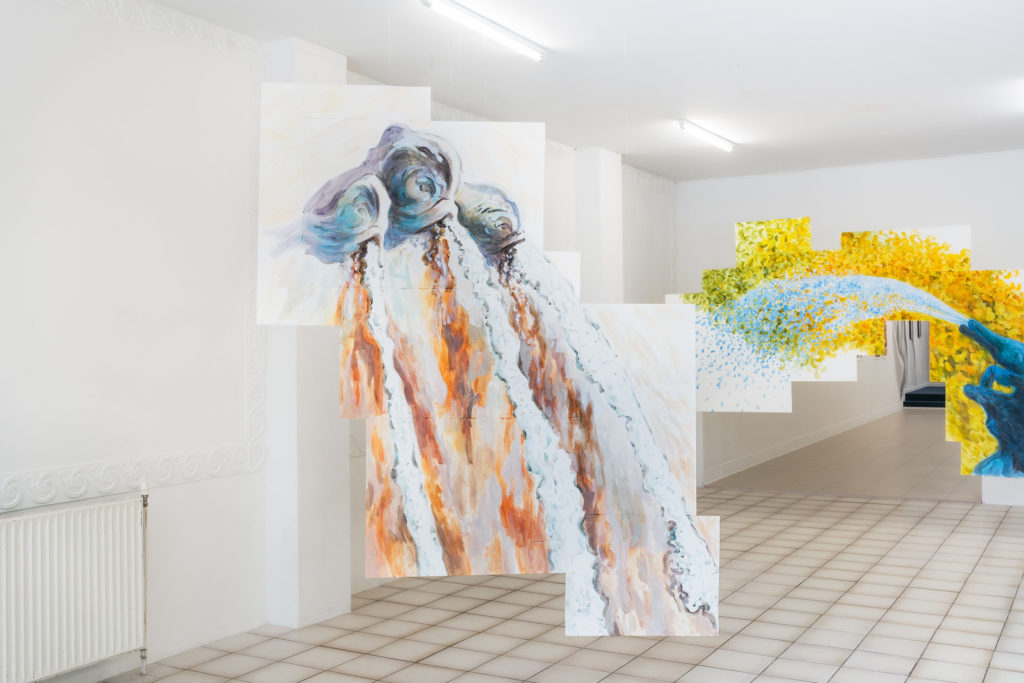
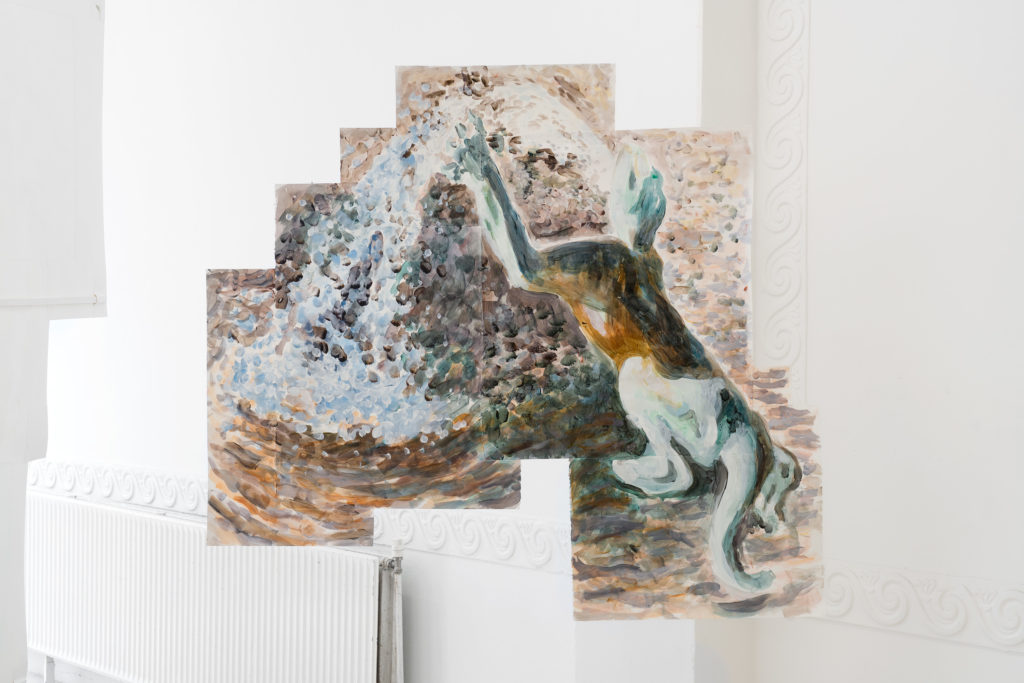
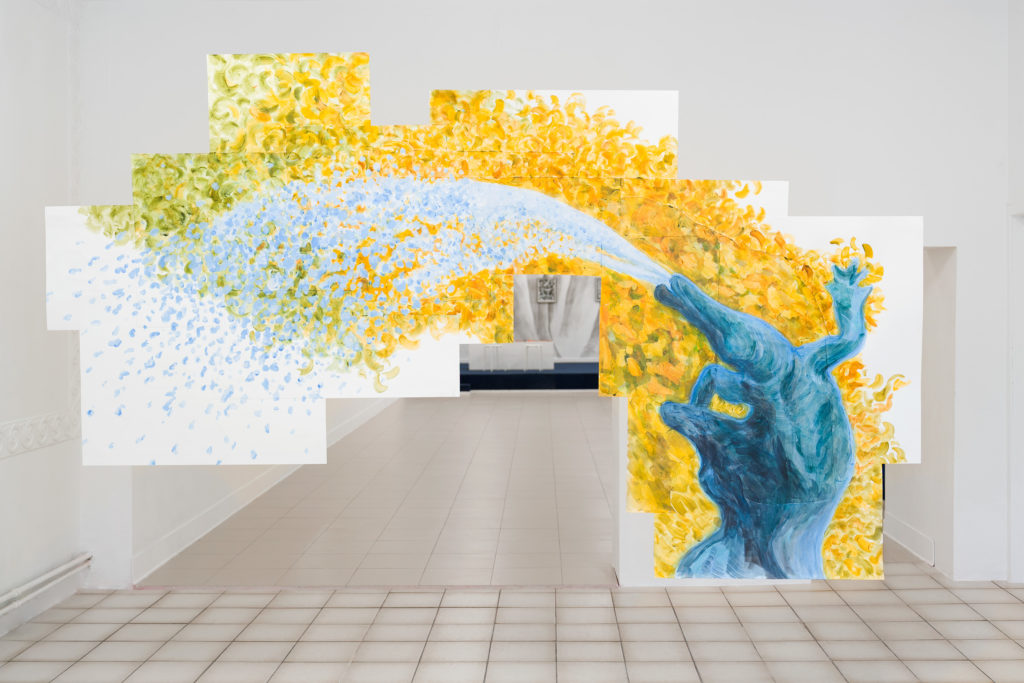
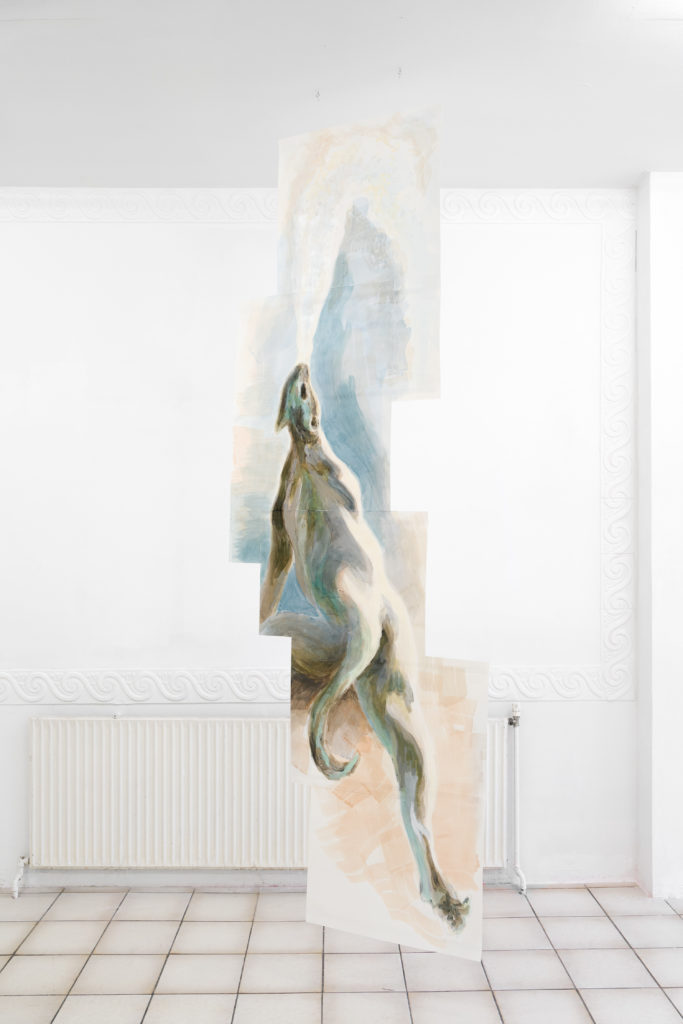
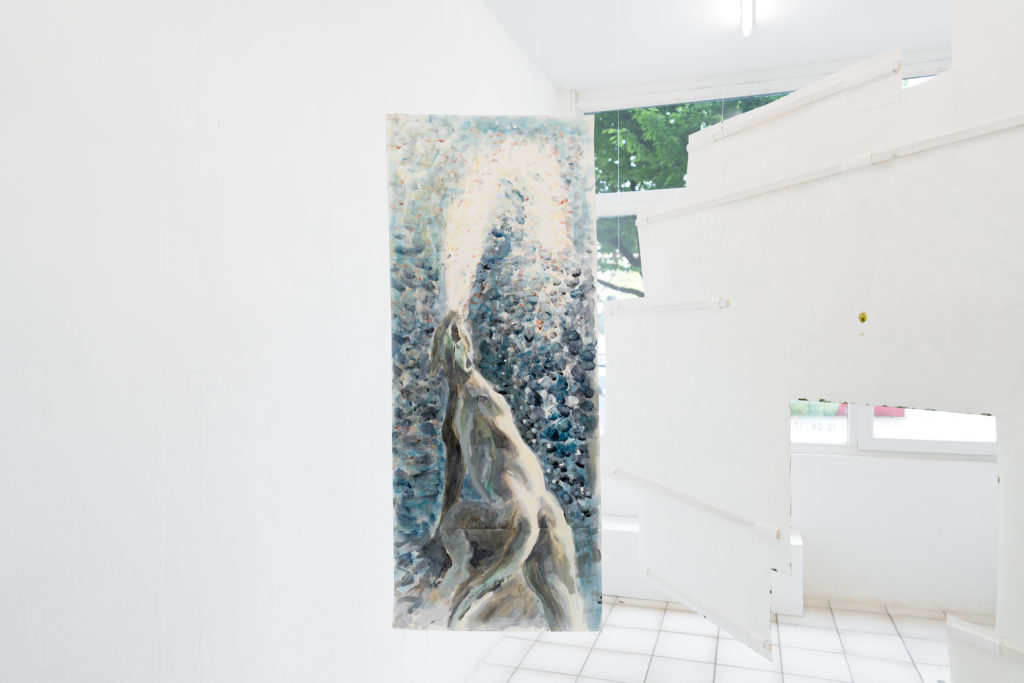
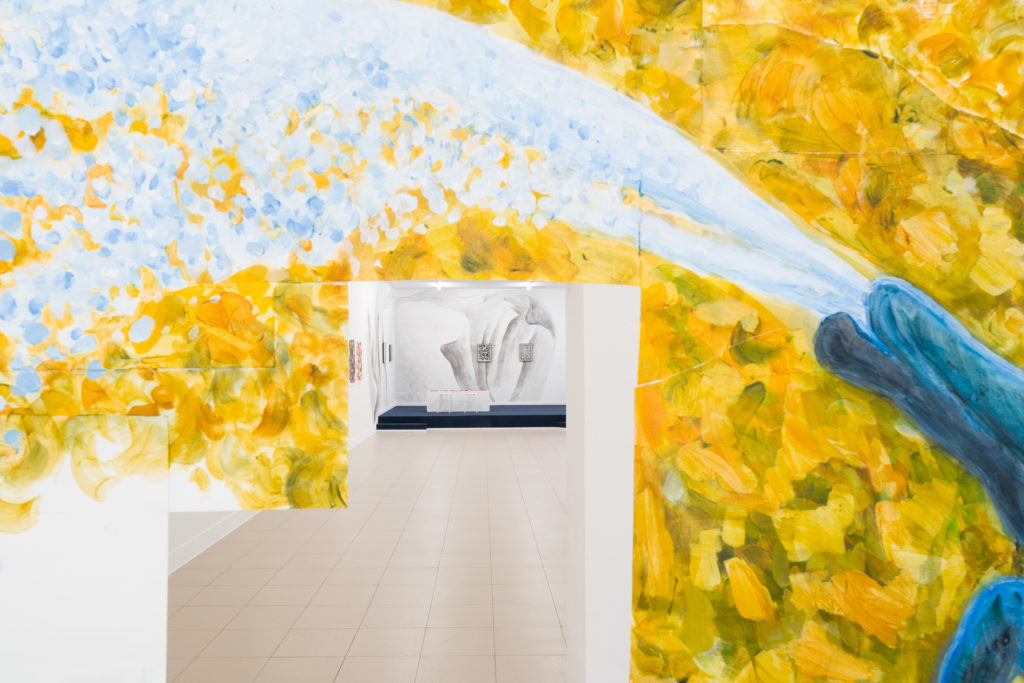
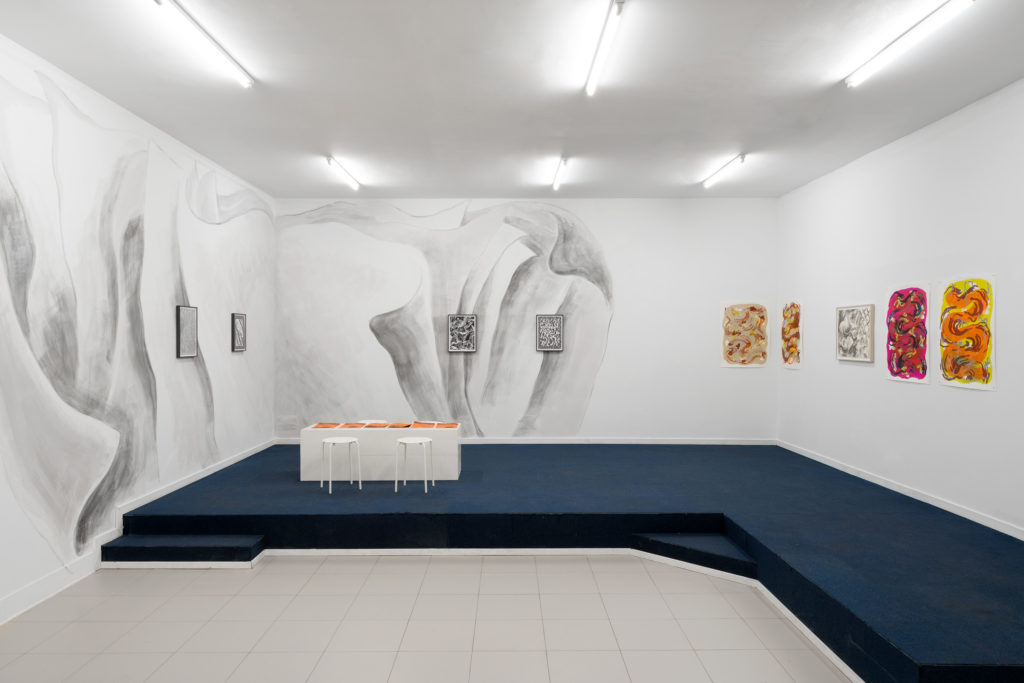

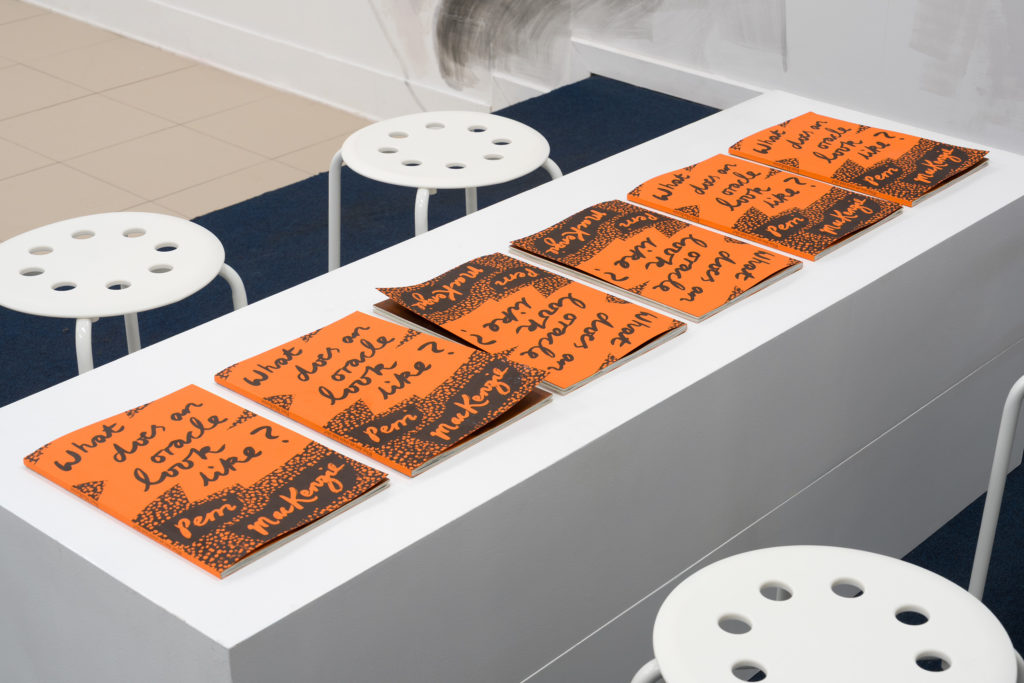

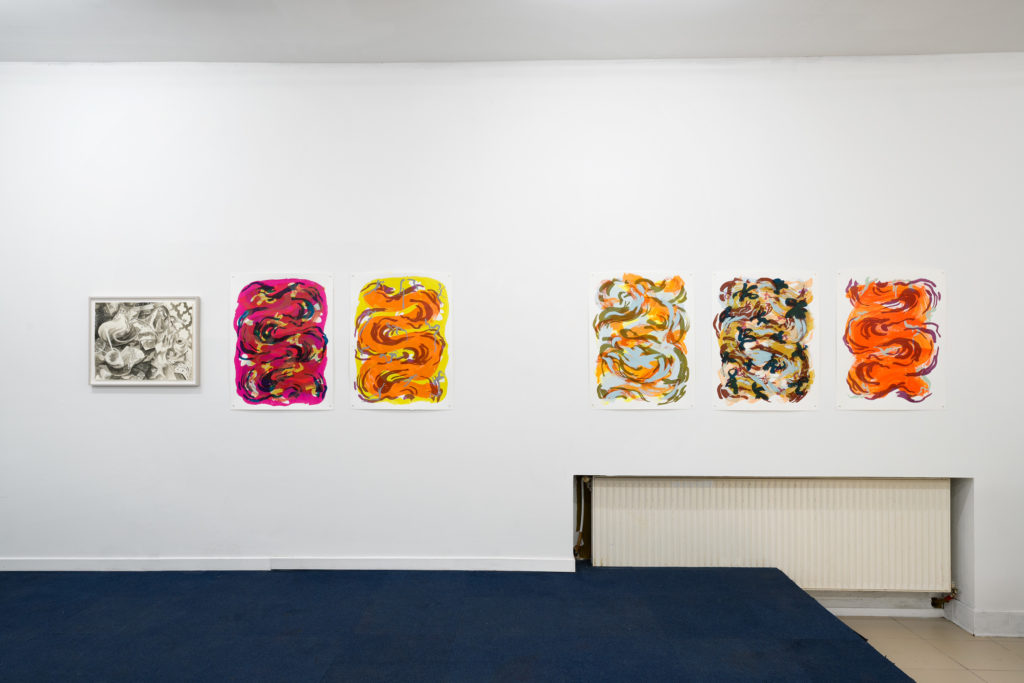

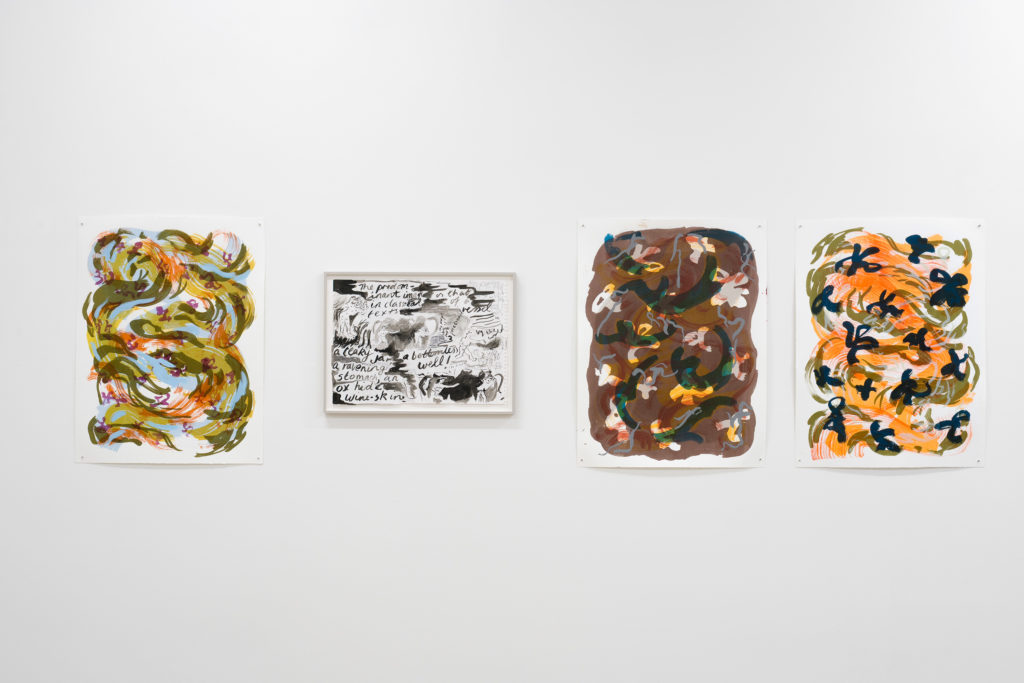

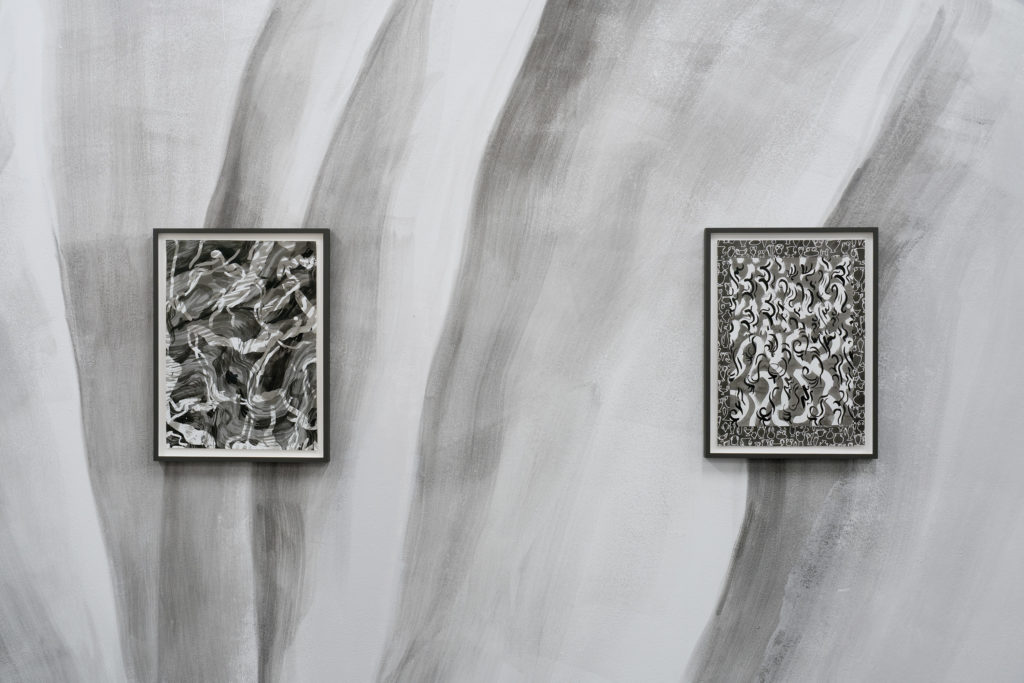
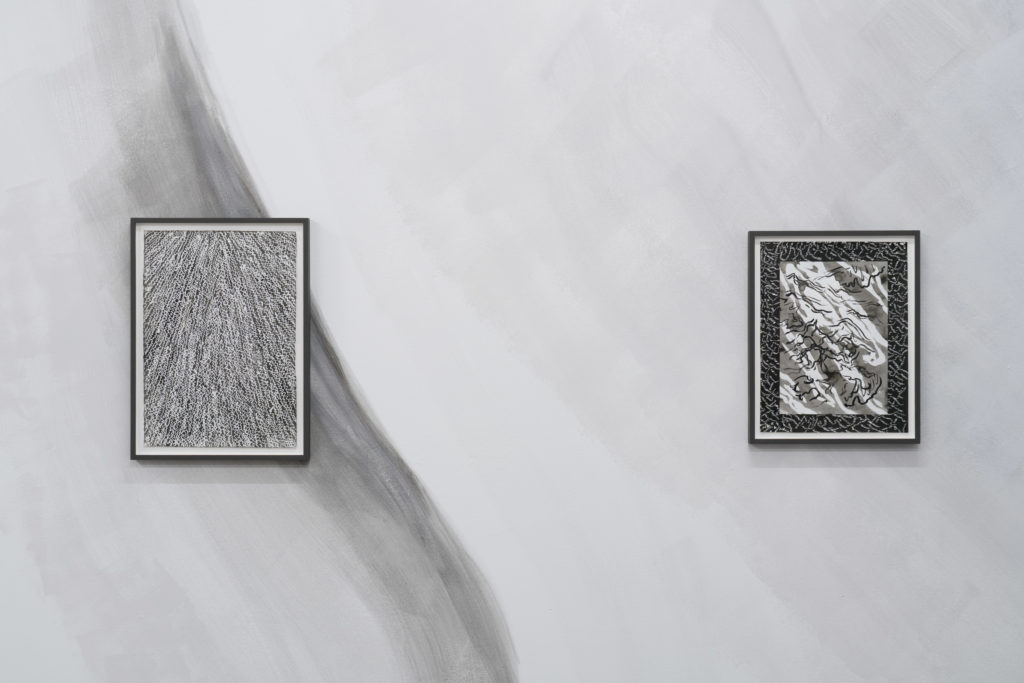


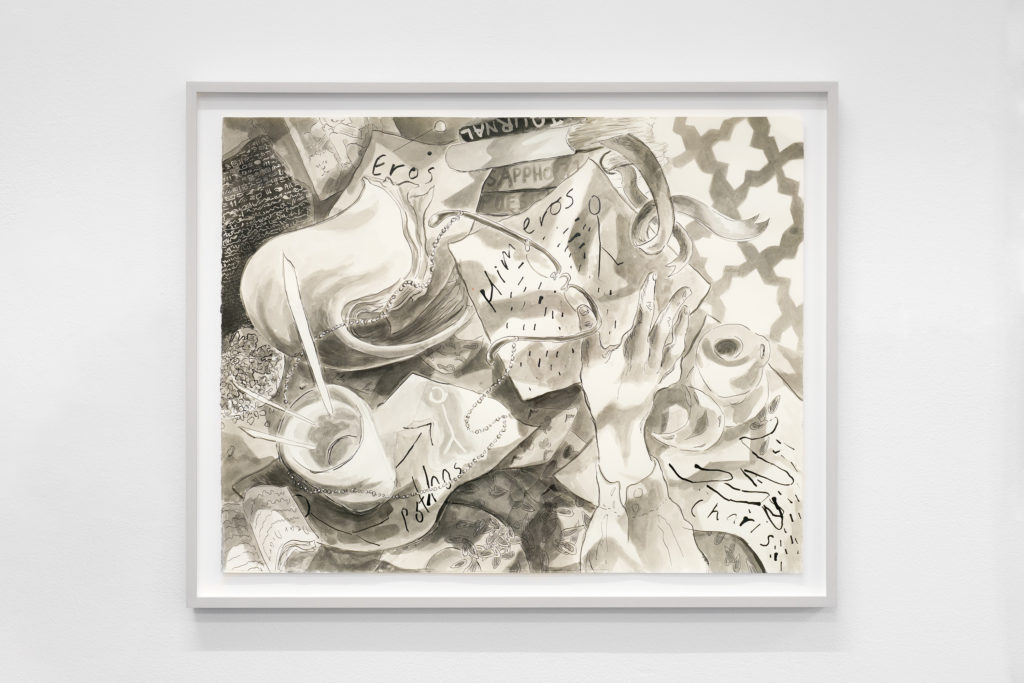

What does an oracle look like? By Perri MacKenzie. 12.04-24.05.25. Komplot, Brussels. Photo Lola Pertsowsky
